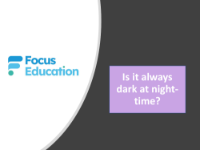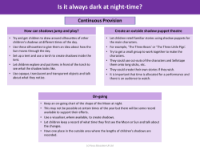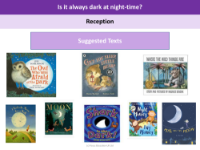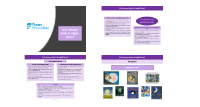Assessment - Is it always dark at night-time - EYFS
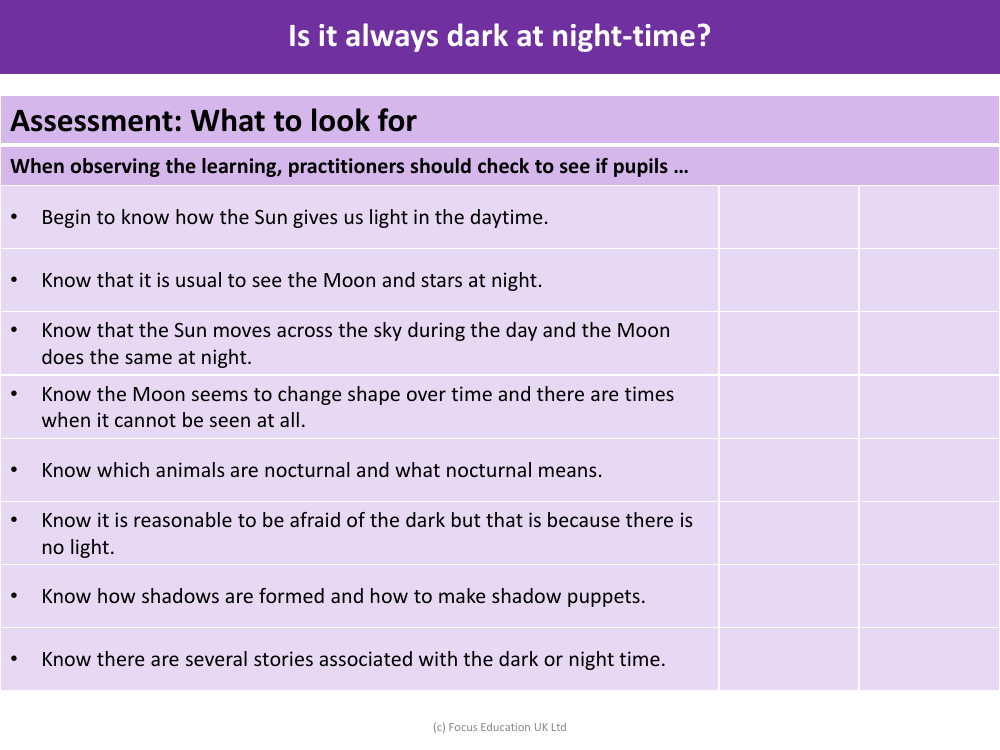
Science Resource Description
The assessment for Early Years Foundation Stage (EYFS) students on the topic "Is it always dark at night-time?" involves practitioners observing several key learning outcomes. Firstly, children should demonstrate an understanding that the Sun provides light during the day. They should also be aware that the night sky typically features the Moon and stars. It's important for them to recognise that the Sun travels across the sky throughout the day, and similarly, the Moon appears to move during the night.
Additionally, the assessment includes checking if pupils comprehend that the Moon's appearance changes over time, with phases where it isn't visible at all. Understanding of nocturnal animals and the meaning of 'nocturnal' is another learning outcome. Children should also grasp that while it's common to feel scared in the dark due to the absence of light, this emotion is manageable. Knowledge of how shadows are formed, including the ability to create shadow puppets, is part of the learning criteria. Lastly, familiarity with various stories that are set in the dark or during night-time is expected as part of the assessment criteria for understanding night-time darkness.
